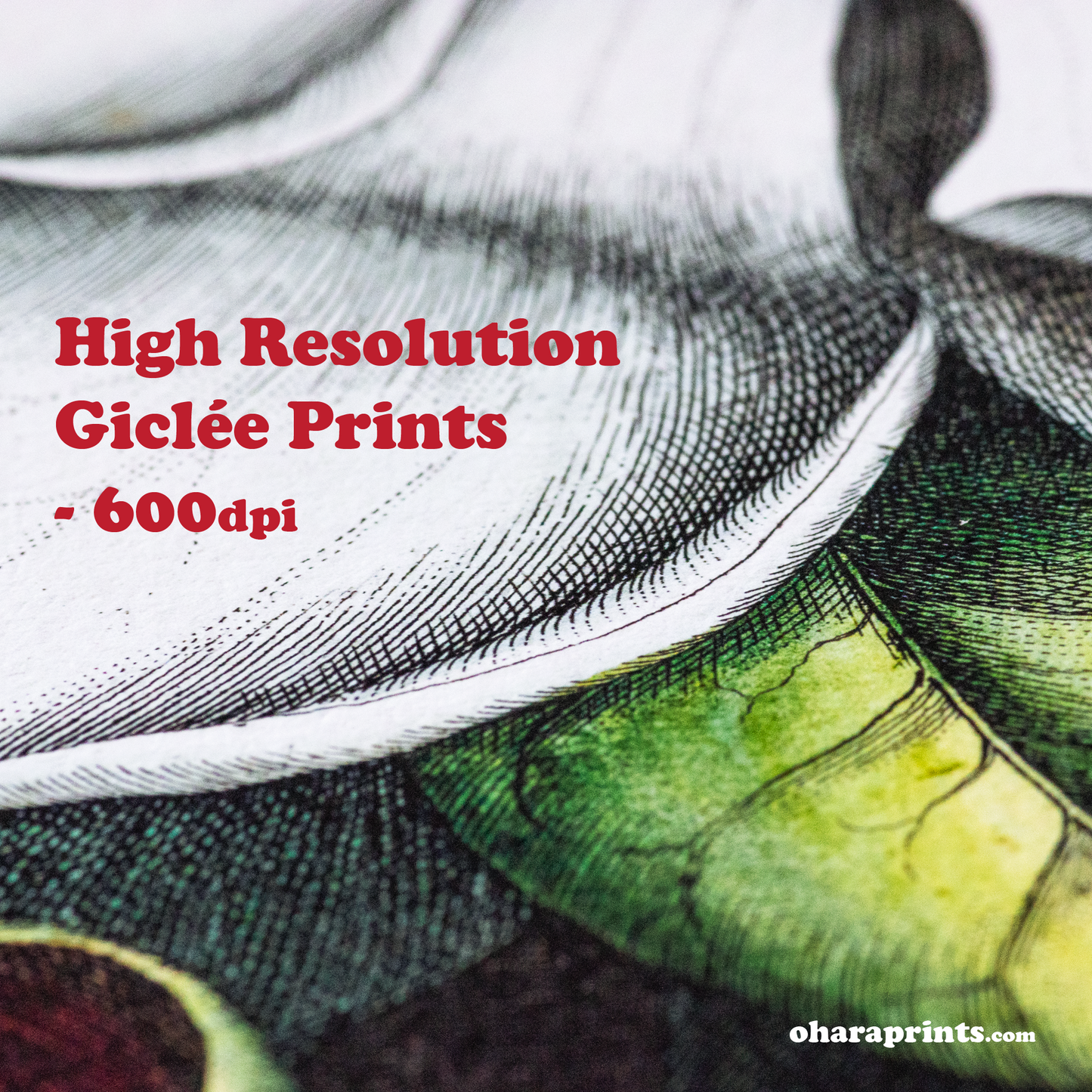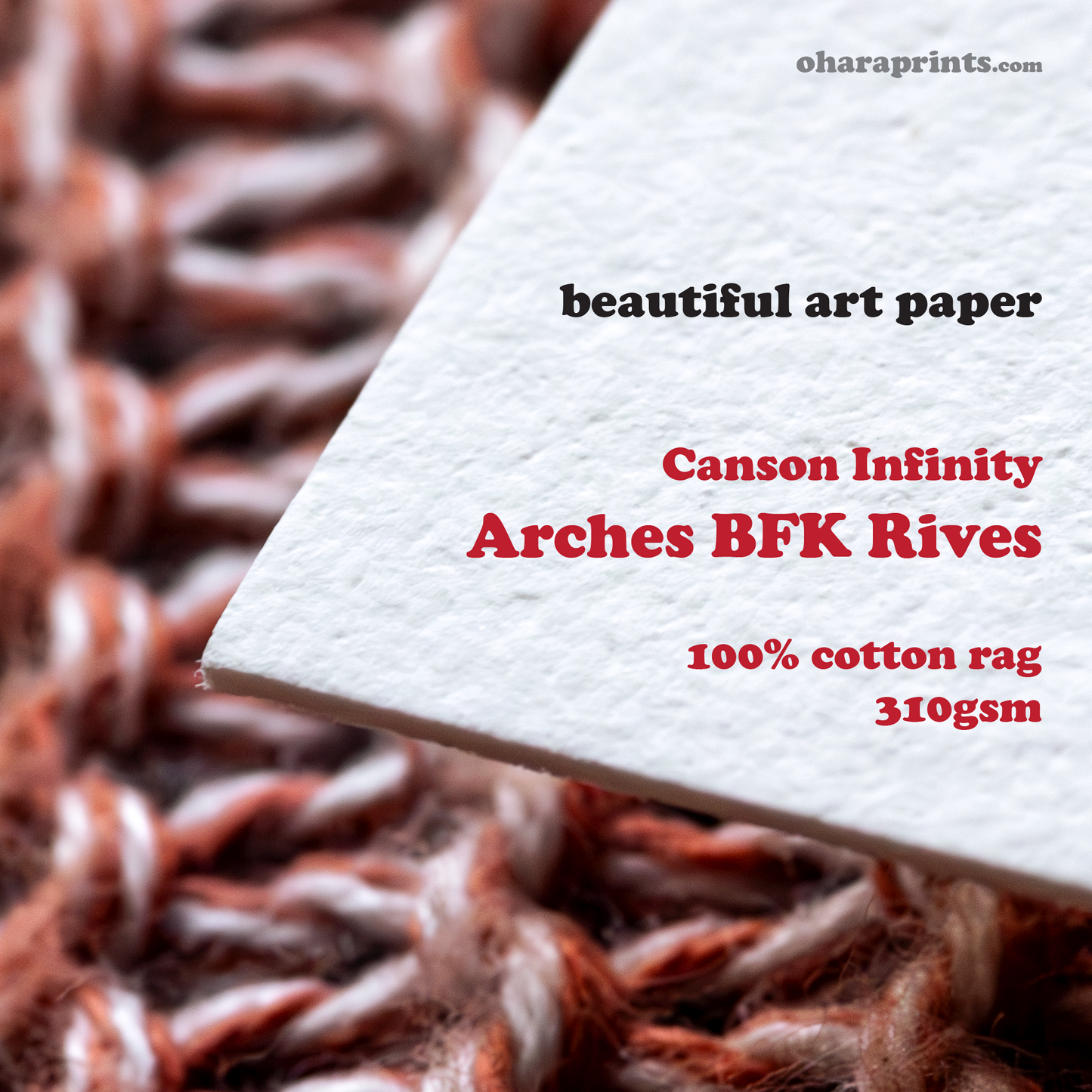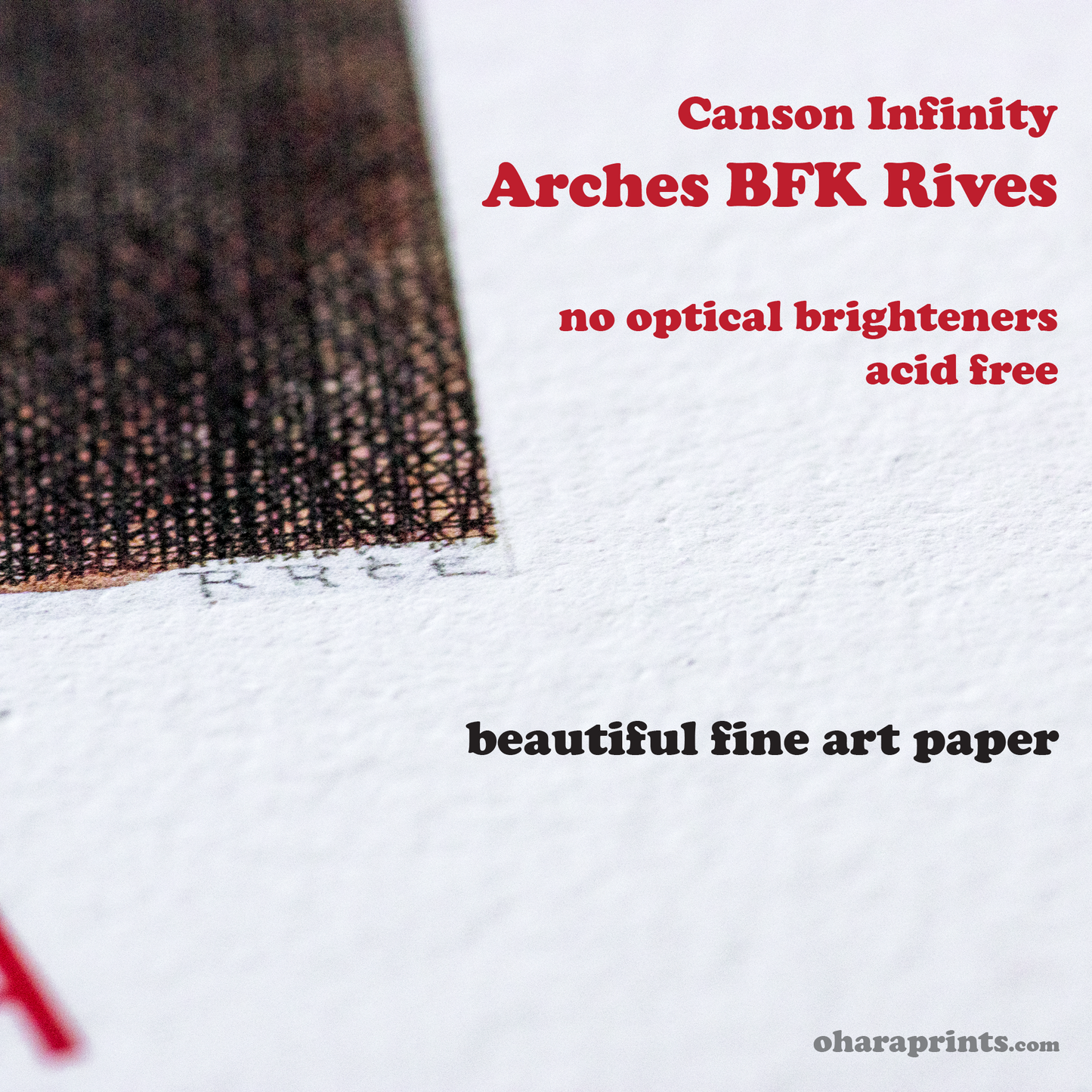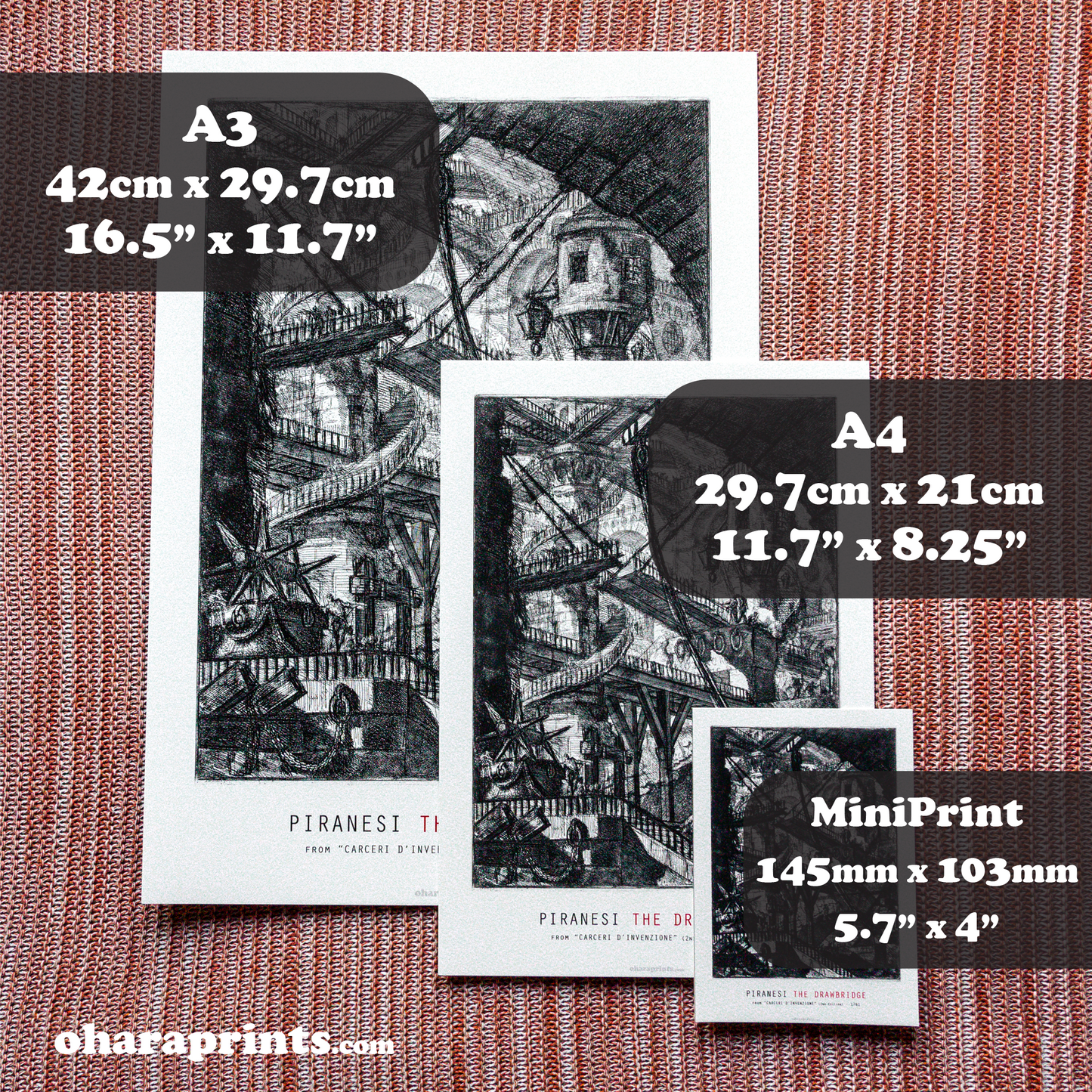Ohara Prints
WILLIAM HENRY FOX TALBOT - A Scene in York: York Minster from Lop Lane
WILLIAM HENRY FOX TALBOT - A Scene in York: York Minster from Lop Lane
Couldn't load pickup availability
THE ARTWORK
William Henry Fox Talbot’s photograph, “A Scene in York: York Minster from Lop Lane,” captures the majestic York Minster rising above the 19th-century cityscape. Taken in August 1845, this salted paper print is part of Talbot’s series on cathedrals, showcasing his calotype process. Unlike the sharp daguerreotypes of his contemporary, Louis Daguerre, Talbot’s calotypes have a softer focus, emphasizing the interplay of light and shadow on architectural forms. In this image, Talbot positioned his camera to include the surrounding city, highlighting the contrast between the ancient cathedral and the modern urban environment. This photograph not only demonstrates Talbot’s technical skill but also his artistic vision, as he sought to capture the essence of the scene rather than just a detailed representation.
THE ARTIST
William Henry Fox Talbot (1800–1877) was an English scientist, inventor, and photography pioneer, best known for developing the calotype process, an early photographic technique that laid the foundation for modern photography. Born into an affluent family, Talbot had a keen interest in a range of disciplines, including chemistry, botany, mathematics, and archaeology.
In 1833, Talbot began experimenting with light-sensitive paper after becoming frustrated with his inability to capture landscapes through drawing. This led to his discovery in 1835 of the calotype process, where a paper negative could be used to create multiple positive prints—a significant advancement over the daguerreotype, which only produced a single image. Talbot’s process involved treating paper with silver iodide and exposing it to light, creating an image that could be developed and fixed using chemicals.
In 1844, Talbot published The Pencil of Nature, the first book to be illustrated with photographs, which demonstrated the versatility of photography in art, science, and documentation. Though initially overshadowed by other photographic processes, Talbot's innovations became crucial in the development of modern photographic techniques.
Beyond photography, Talbot made contributions to botany and mathematics, and he was a member of the Royal Society, embodying the interdisciplinary spirit of the 19th-century scientific community.
THE PRINT
• A4 Size = 29.7cm x 21cm = 11.7" x 8.25"
• A3 Size = 42cm x 29.7cm = 16.5" x 11.7"
• High resolution giclée print - 600dpi
• Printed to order
• Unframed & unmounted
• Professionally printed using Canon imagePROGRAF printers
• Digitally restored by OharaPrints from high resolution scans of the original artwork
• Made in and shipped from Casterton, Victoria, Australia
PAPER
• Canson Infinity - Arches BFK Rives White
• Paper weight = 310gsm
• 100% cotton
• Archival, museum grade
• Acid free
• No OBAs (optical brightening agents)
Arches BFK Rives is a high-quality, archival-grade paper manufactured at the Arches paper mill in France - one of the oldest papermakers in Europe. It is made from 100% cotton rag using a time-honoured manufacturing process, giving the paper exceptional durability, longevity, and resistance to yellowing or deterioration over time. Despite its substantial weight and thickness it maintains a very soft and supple feel. The paper has a natural white tone and is completely free of any optical brighteners (OBAs), allowing for superb colour rendition and deep blacks.
INK
• Canon Lucia Pro Inks
• Pigment based
• Archival, museum-grade
• Brilliant colours, even gradient and razor-sharp lines
• Highly stable and fade resistant, excellent humidity-fastness
SHIPPING & HANDLING
• All orders are dispatched on the NEXT BUSINESS DAY after receiving the order
• All prints are shipped via AUSTRALIA POST with TRACKING
• For postage rates and estimated delivery times please see our SHIPPING page
• All prints are shipped flat, not rolled
• Each print is individually placed into a resealable, archival grade plastic protective sleeve
• Prints are carefully packaged in very sturdy 700gsm cardboard envelopes, along with 1050gsm boxboard sheets which provide extra strength & rigidity to prevent bending or folding during transit
Share




















